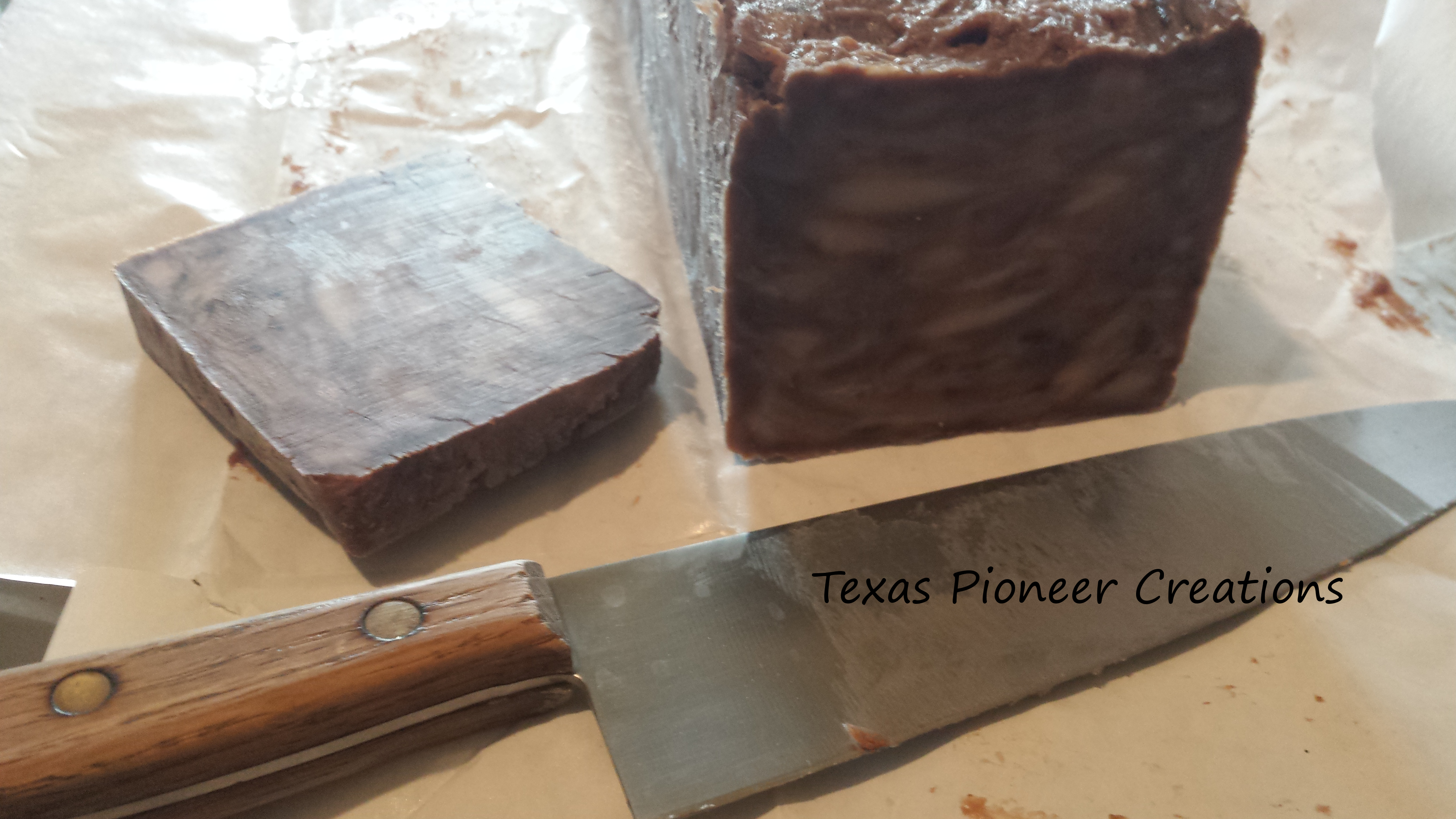
There are many methods for making soap and we have played with almost all of them at this point in our soap life. If you’ve ever considered making soap or listened to a soaper geek out, you’ve probably heard of at least one or two ways we cook. Hot process, cold process, melt and pour, castile, room temp, pioneer, polished or natural, vegan, cruelty free, silk infused, organic, traditional, the list of possibilities goes on and on. Some people will only play with cold processed soaps, others preferring to avoid lye use melt and pour bases, and there are those who literally swoon over the rustic look of hot process soaps. (Yes, we’ve really seen that happen in the booth.) We here have our personal preferences too but have always made it a rule that we will do whatever we can to make someone’s soapy idea come to life. One of the benefits of this rule is that we get to experiment on a regular basis and embrace the variety of results we get. This time we’re looking at hot process soaps and occasionally unpredictable visual effects.

Hot process soaps are on our “instant gratification” list of soap making. (Hot process simply means heat is applied to the soap base after the lye has been incorporated. It is also used in rebatching soaps.) It can be made and completely cleaned up after in one day, results are useable as soon as they’re cool enough to touch, and it doesn’t seem to burn off essential oils as much in our experience. As a bonus, you get great unique looks with hot process soaps. This picture is from a log we finished last week in a tall mold. The rough, rustic look to the exterior is very common to a hot process log but it’s the interior that made Dorothy smile.

The swirls and loops that you see in this picture were not entirely created by our hands. We took a completed but off-sized log of our St Arnold soap, chopped it up, added a bit more of a new base, and cooked it up together. The St. Arnold recipe we use can behave a bit unpredictably at times when we cook it this way so we never seem to get any two batches that look exactly the same when we cut them open. It will pour almost like a thick cold process batter or it may seize up and have to be forced into the mold. Cooking time variances of about ten minutes will give us some fun effects too. It can something as simple as the change of humidity in the soap room on the day we made it that will make a change in the appearance. Sometimes, like the picture below, we even manage to get some wide variety of swirling width within the same batch of soap or individual bar. It’s unpredictable but can be very pretty in the end.

The glassy smooth exterior of this batch reminds us of obsidian in some of the Hawaiian pictures. The interior colors will darken a bit more before these guys will be ready to go home with anyone but it should still keep the similar look of varying browns. The guys in the soap room say it reminds them of a stone or petrified wood. What do you think of the pattern? We’ll keep debating it here until they go into the booth in October. You’ll be able to find them for sale on the website with the other beer soaps.